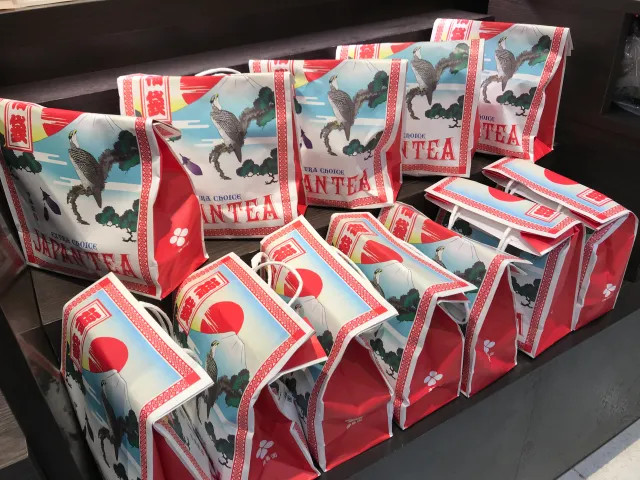
Nothing makes you feel sophisticated like brewing and drinking the perfect cup of tea!
We’ve so far opened lucky bags filled with not just electronics and collectibles but also edibles like wine, beef bowls, and Tokyo food souvenirs, but we haven’t yet seen one filled with Japanese green tea. Until now!
Our Japanese-language reporter Mariko Ohanabatake discovered lucky bags from Itoen, maker of Japan’s popular bottled tea brand “Oi Ocha” and other loose and prepared teas, in a department store’s food section. Lately Mariko’s been finding herself eating more Japanese-style sweets and drinking more green tea when visiting relatives, so she decided to give the bag, which contained green tea from different parts of Japan, a try.
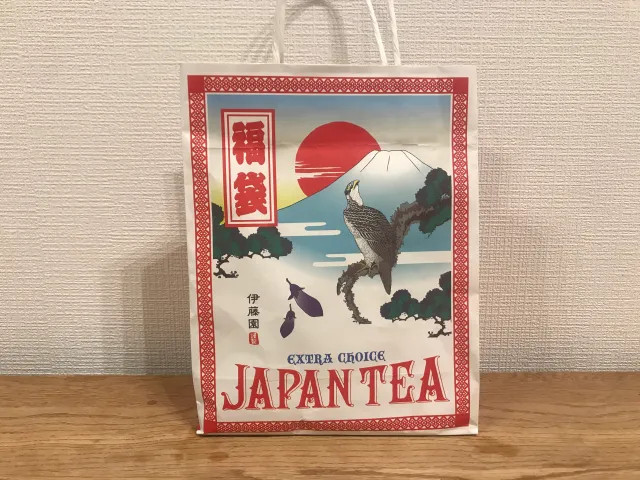
Mariko found the Itoen lucky bag in the specialty food floor of the Matsuya department store in Ginza, a swanky Tokyo neighborhood. The bag sold for 3,240 yen (US$22), and the shop attendant said it contained 5,500-yen worth of tea. Mariko really liked the design of the bag, which felt both very Japanese in style but also quite modern.
Inside were the following items:
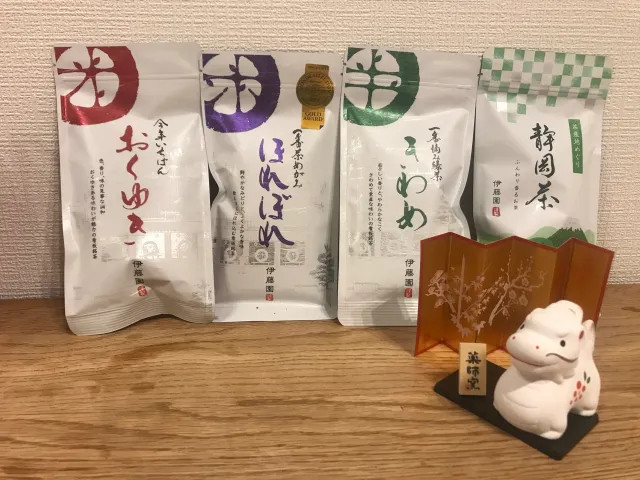
● First-rate Megami Horebore Tea (1,782 yen)

This tea is an internationally award-winning green tea, having earned a bronze medal at the Japanese Tea Selection Paris 2022, and a gold medal winner at the Monde Selection 2022 in Belgium, according to the packaging. It’s Itoen’s most expensive brand-name tea. The leaves were grown in Kagoshima, and are known for their rich flavor and sweet fragrance and aftertaste.
● Kotoshi Ichiban Okuyuki (1,404 yen)
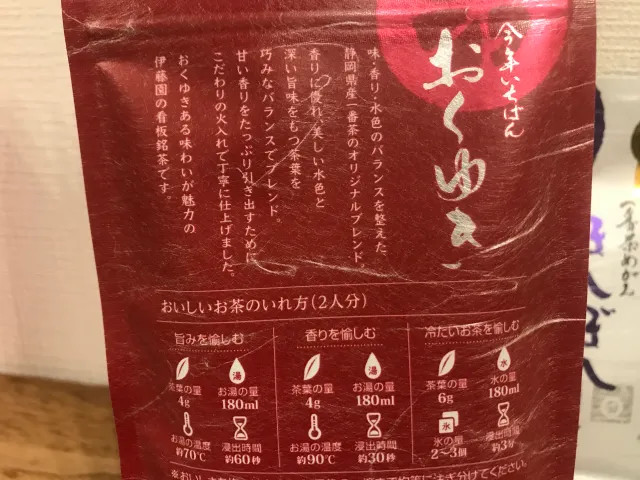
As an original blend of Shizuoka-grown first-grade leaves, this tea is said to have a nice balance of flavor, aroma, and color. It also boasts a good harmony of umami and astringency.
● Ichiban Tsumami Ryokucha Kiwame (1,182 yen)
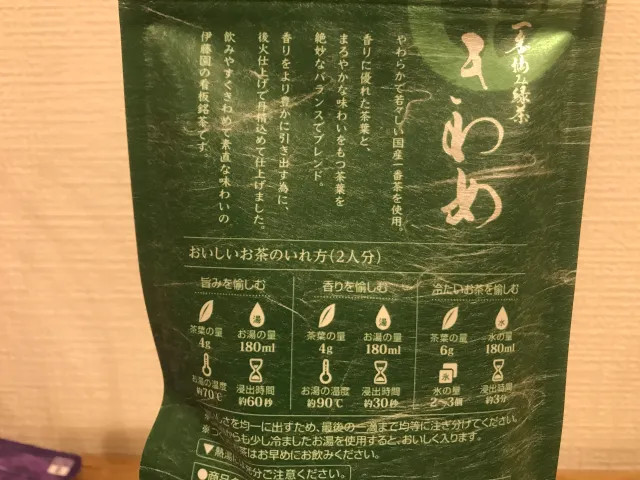
A blend of tea leaves that makes use of mild, domestically grown, first-grade teas. The resulting brew is refreshing and light.
● Funwari Kaori Shizuoka Sencha (1,188 yen)
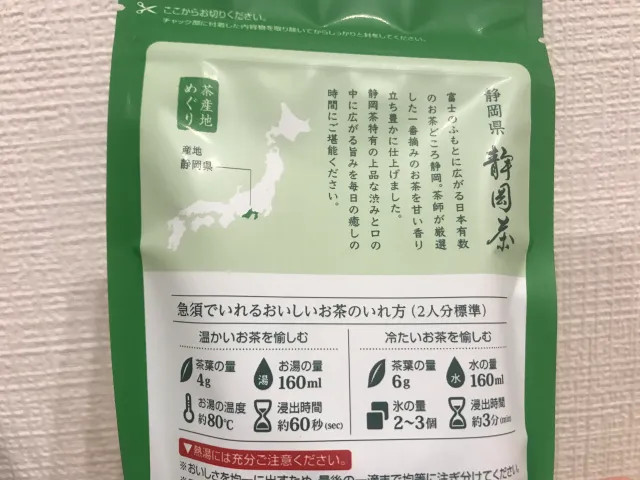
This is a Shizuoka-grown tea highly recommended for daily use. Like Kotoshi Ichiban Okuyuki, it has both an elegant bitterness and umami that become more pronounced as you sip it.
● Decorative Year of the Dragon figurine

A very cute statue representing this year’s Chinese Zodiac animal, the dragon. It has its own pedestal and folding screen, and the attention to detail is impressive!
Altogether the total value of the items in the box was 5,556 yen, coming out over 5,500 yen just as the shop attendant had said. Mariko thought that was a pretty good deal for a beverage-based box, and she was excited for the chance to try teas from different regions, seeing as she’s not entirely familiar with the differences. She’s known that Shizuoka has been the main tea growing region in Japan for a long time, but the Kagoshima green tea industry is up-and-coming, so she decided to sample both the Kagoshima-grown Horebore and the Shizuoka-grown Okuyuki and see how they differ.
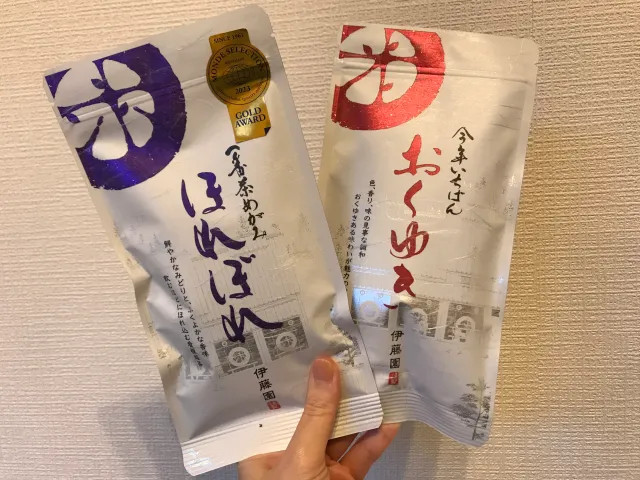
The great thing about Itoen tea leaves is that the packaging has clear instructions about how to brew them depending on your preferences. For both the Horebore and Okuyuki teas, if you want more pronounced umami notes, the packaging says to steep the leaves for 1 minute in 70-degree Celsius (158-degree Fahrenheit) water, but if you want to enhance their aromas, you should steep them in 90-degree Celsius (194-degree Fahrenheit) water for thirty seconds.

When Mariko measured out the recommended 4 grams (0.14 ounces) of tea the packaging directed her to use, she realized it was a lot more leaves than she usually uses, which is probably why a long-ago boss used to angrily complain to her that the tea she made him was too weak.
Mariko decided to brew both teas at the higher temperature so that she could most directly compare their flavor, aroma, and scent. She started with the Kagoshima-grown Horebore, which, as soon as she opened the package, had a distinct smell full of umami.
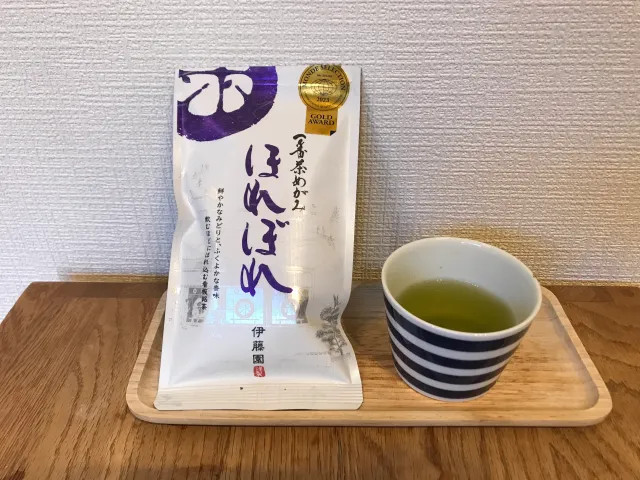
Once brewed, it was a deep green color with a slightly yellow hue. It didn’t have a very strong astringency, but the sweetness and umami were quickly noticeable. It felt like it was deliberately and carefully crafted to be a complex, deeply satisfying tea.

The Shizuoka-grown Okuyuki, on the other hand, had a very “fresh green” smell when she opened the bag.
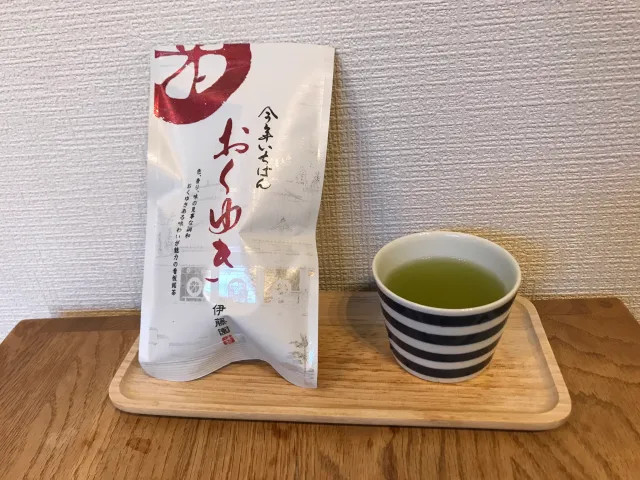
It was a brighter green with a blue hue, and it was very smooth. It felt very balanced in terms of astringency, aroma, and color. After drinking it, a sweet aftertaste lingered at the back of Mariko’s mouth.
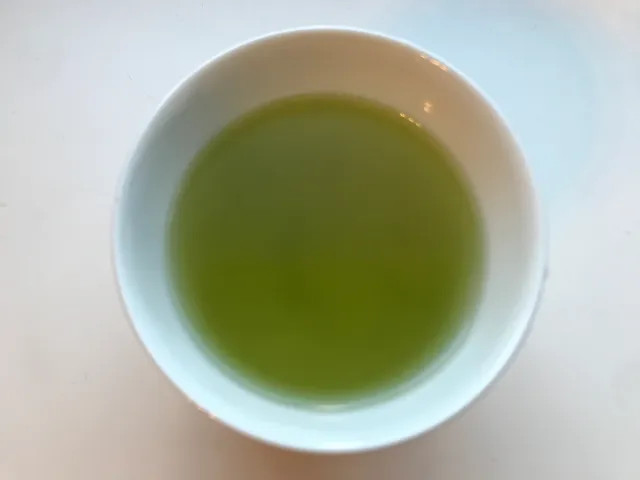
After tasting both types of tea and reading the information on each package, Mariko felt like she had a better understanding of some of the differences between tea from Shizuoka and tea from Kagoshima. But more than anything, she realized how very delicate differences in flavor and aroma can be in green tea compared to coffee and black tea.
She wondered if maybe that was why people have a preference about where their coffee beans or black tea leaves come from, but not so much green tea–because the differences are so delicate, and many people aren’t drinking enough green tea to tell.
Instantly Mariko felt like she’d become more of an adult, thinking about tea leaves and whether she might become someone who will only drink tea from a certain region. She decided she doesn’t mind this development. She’d love to be the kind of elegant lady who daintily sips cups of fragrant green tea while sampling Japanese-style sweets…even if they’re only from 7-Eleven.
Images © SoraNews24
● Want to hear about SoraNews24’s latest articles as soon as they’re published? Follow us on Facebook and Twitter!

No hay comentarios:
Publicar un comentario